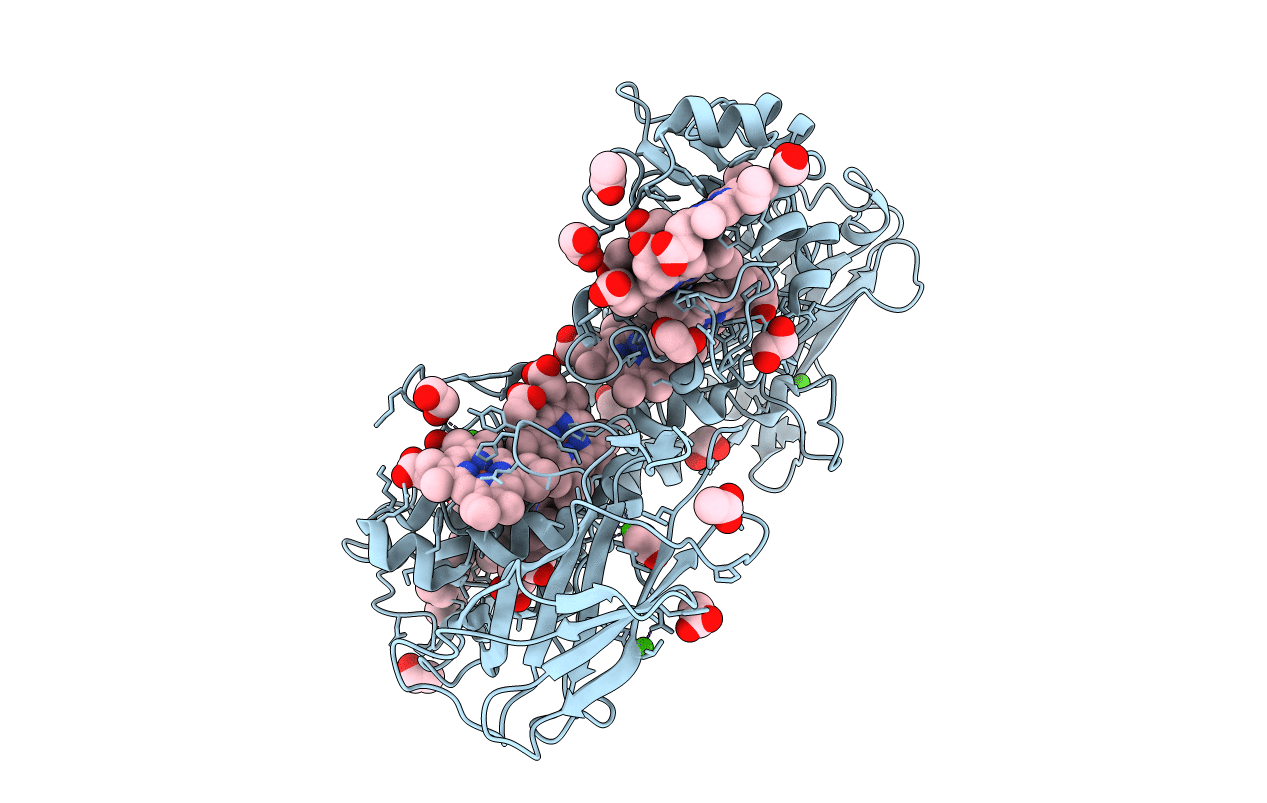
Deposition Date
2021-04-13
Release Date
2021-10-06
Last Version Date
2024-11-13
Entry Detail
PDB ID:
7O7G
Keywords:
Title:
Crystal structure of the Shewanella oneidensis MR1 MtrC mutant H561M
Biological Source:
Source Organism:
Shewanella oneidensis (strain MR-1) (Taxon ID: 211586)
Host Organism:
Method Details:
Experimental Method:
Resolution:
1.60 Å
R-Value Free:
0.20
R-Value Work:
0.17
R-Value Observed:
0.17
Space Group:
P 21 21 21


